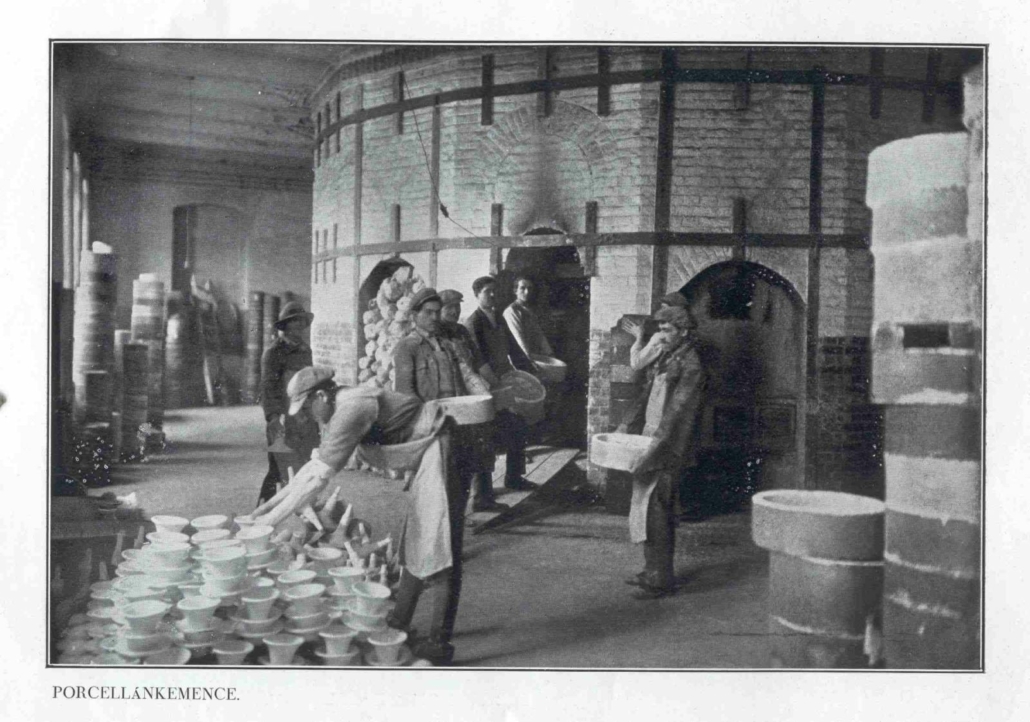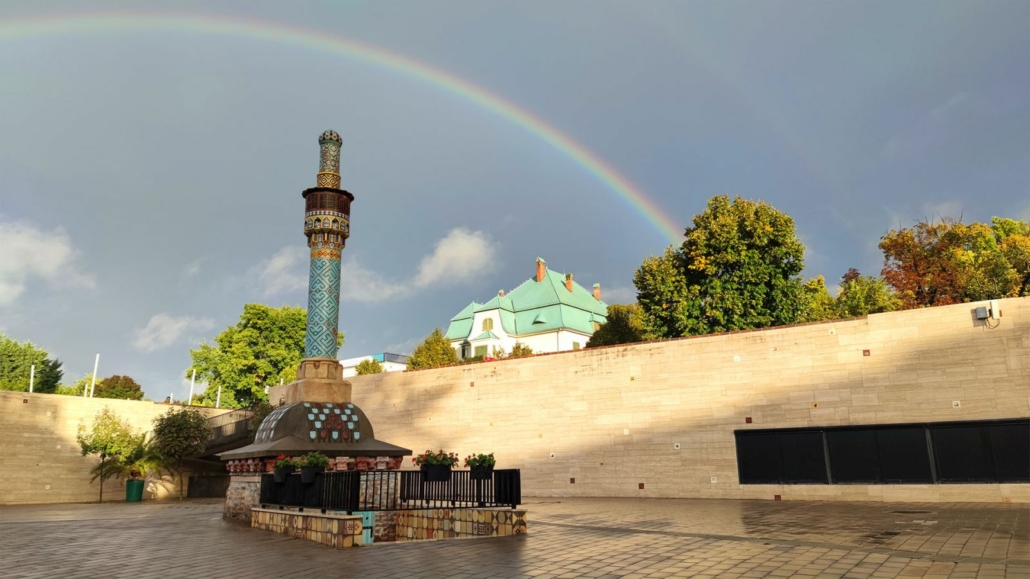About Zsolnay
Zsolnay Factory was founded in 1853 by Miklós Zsolnay for his son Ignác, who launched the production of ceramic products using the assets purchased from a bankrupt plant in the nearby village of Lukafa as well as local raw materials.
Zsolnay Factory was founded in 1853 by Miklós Zsolnay for his son Ignác, who launched the production of ceramic products using the assets purchased from a bankrupt plant in the nearby village of Lukafa as well as local raw materials.
A decade later, Miklós Zsolnay’s other son, Vilmos, took over the management of the factory, thus beginning the unprecedented success story of Hungarian applied arts.
The products of the Factory gained international recognition for the first time at the Vienna World’s Fair in 1873, which led to several significant orders from England, France, Russia and the United States. The Grand Prize (Grand Prix) won at the Paris World’s Fair in 1878 brought him real world fame, but the artistic works of Vilmos Zsolnay’s factory were awarded with numerous other awards worldwide even after that.
As one of the pioneers of the ceramic industry of the end of the nineteenth century, Vilmos Zsolnay developed new, unique techniques for the products of his company. The first of them was the “Zsolnay’s” porcelain faience. The surfaces, decorated on bone-coloured base glaze fired over a high fire gettin coloured glazes and rich gilding, spectacularly conveyed the beauty of painted porcelain, and since it was applied on a ceramic base, the technique allowed for a much broader use of colours.
In 1896, at the Millennium National Exhibition, the factory presented its most beautiful creations, which were already made using the special metal luster glazing technique called eosin. This method was developed by Vilmos Zsolnay with the help of chemist Vince Wartha. The essence of the procedure is that the already fired base glazed object was covered with clay paste containing metal oxides, which allowed the reducing metal compounds to penetrate into the layer of the base glaze during re-firing, and formed a durable iridescent coating of various different colours.
Vilmos Zsolnay himself received numerous awards and honors for his efforts as an artist. In 1896 he was awarded the Order of Franz Joseph, and the city of Pécs made him an honorary citizen.

After the death of Vilmos Zsolnay in 1900, his son Miklós Zsolnay took over the family’s world-renowned factory. Art Nouveau, which was very popular at that time, became the defining style of the era, and the imagination and creativity of the young artists of the Factory developed in unprecedented abundance. The rise of the production of architectural ceramics also brought significant results. During large public constructions, cladding or decorative elements made in the factory were widely used throughout the country.
After World War I and the Serbian occupation, the factory faced hard times for decades, but under the leadership of the next generations of the Zsolnay family, it managed to survive even the most critical periods.
The nationalization in 1948 brought about the decline of the production of products with artistic needs. The Zsolnay factory was renamed Pécs Porcelain Factory and its activity was characterized by the production of industrial products. From the 1960s onwards, Hungary’s political and cultural space began to expand, so designer craftsmen could reemerge in the factory, including such renowned artists as Victor Vasarely or Éva Zeisel. The factory regained its original name, artistic ornaments meeting the requirements of modernist trends of the time played an important role among its products, and the special techniques that established the factory’s world fame were also used again. The production of colourful tiles and architectural ornaments adorning the country’s buildings to this day also started again during this period.
After the change of regime, the factory’s production decreased significantly. At the same time, the Zsolnay Porcelain Manufactory, which is a fraction of the size of previous dimensions, faithfully preserves the production culture introduced by its great predecessors and the special Zsolnay production technologies developed by them.
In the area of the world-famous ceramic factory where production ceased, Zsolnay heritage lives on with new content and a dignified manner on a beautifully renovated 5-hectare area. A total of 15 protected monumental buildings and 88 public Zsolnay statues adorn the picturesque parks and promenades. Every single spot of the Zsolnay Cultural Quarter hides many attractions, not to mention cozy cafes, craft shops and high-quality restaurants.

The Quarter boasts several unique exhibitions presenting the Zsolnay heritage. The collection of dr. László Gyugyi returned from America, the exhibition of 710 ceramic objects is entitled The Golden Age of Zsolnay. The earliest Zsolnay products for everyday use are presented in the 1200-item Pink Zsolnay Exhibition created by Barnabás Winkler. These two are complemented by the Zsolnay Family and Factory History Exhibition. On the hill close to the Zsolnay Cultural Quarter, the Zsolnay Mausoleum, the resting place of the Zsolnay family, can be seen in its original splendor, where 42 lions guard the secret of eosin.
